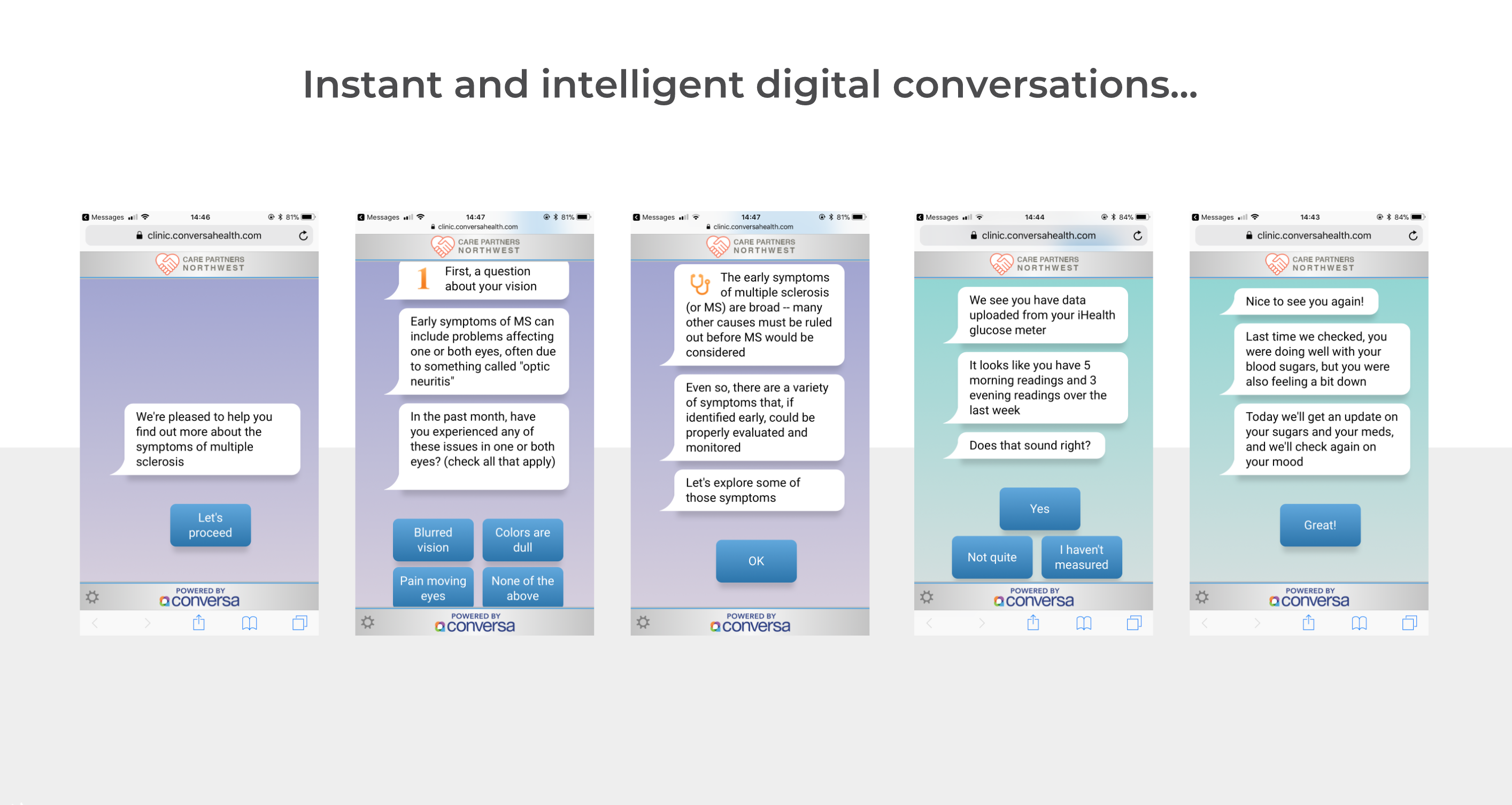Rise of the Healthcare Chatbot, Fall of the Online Form
Rise of the Healthcare Chatbot, Fall of the Online Form
Oliver Tree | Marketing Content Manager
December 14, 2017
The humble online form has been invaluable in digital healthcare for years. It’s been a great way for patients to provide information, ask questions, and offer feedback to their healthcare organizations online. But like all good things, the form must come to an end.
Patients now expect every interaction with their healthcare provider to be convenient, personalized and empathetic, just as they’ve come to expect from a retailer or software provider. Online forms simply cannot provide that type of experience.
Let’s take a look at three of the most common patient and health system interactions and demonstrate how chatbots blow forms out of the water.
Identifying symptoms and finding a doctor
Have you ever typed symptoms into WebMD? If so you know how frightening and unpleasant that experience can be. One-way communications like a WebMD search or filling out a form on a health system’s website describing your symptoms is a solo interaction and can make your patients feel frightened, alone, and confused at a critical moment of communication.
A chatbot has the power to make your patients feel heard and comforted as they interact with a system tailored to help them. Using artificial intelligence, chatbots can assess symptoms, offer patients reliable and trusted resources, determine insurance information, and connect them with the right doctor to address their concerns all in one convenient, empathetic interaction.

Pre-appointment communication
Providing information like directions to a health clinic, information on how to get a ride to their provider, and pre-appointment health instructions through a chatbot is a simple way to streamline your patient experience, save providers’ time, and build patient trust.
Post-appointment communication
Follow up care is a crucial component of modern healthcare. Simple communication with patients can prevent future medical issues and repeat appointments, saving healthcare orgs a lot of time and keeping patients healthy, happy, and informed.
Forms have never been a very reliable method for post-appointment communication because they are a one-way street. In lieu of forms, patients contact medical offices or call centers. It’s possible that the person on the other line is not qualified to offer post-appointment information or does not have access to the patient’s medical information.
Chatbots are able to instantly pull records and resources that are personalized to the patient and assess any need for a follow up appointment. The convenience of a chatbot interaction at this communication point is vital to future patient health, and providing it will solidify brand loyalty.
Chatbots are rising rapidly in healthcare because they help organizations provide convenient and empathetic patient communications. Healthcare systems that hesitate to see the value of chatbots over forms will find their patients flocking to competitors that make investments in the patient experience.
On a final note, healthcare organizations looking towards the future aren’t only thinking about chatbots, but voice technology as well. The great thing about chatbots is that they allow you to build some brand personality into the tool that can transition easily to the voice realm when the time is right. Listen to how Northwell Health is using voice technology to improve the patient experience with their new Amazon Alexa Skill.

